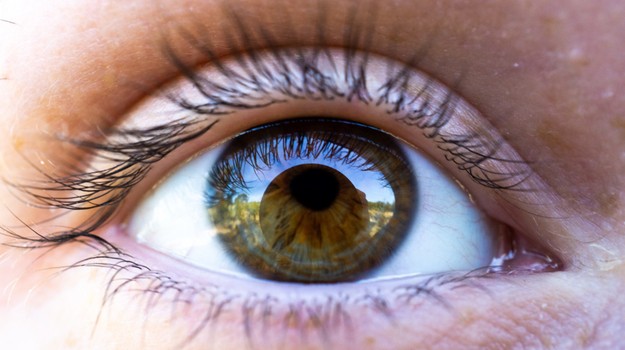Dry eye disease is a chronic condition that impacts more than 30 million people in the United States. Despite the large number of people dealing with the stinging, burning and blurring of the eye caused by the illness, there remains a significant unmet need for effective and lasting therapies.
While there are a number of companies that have already developed different treatments for dry eye, including Novartis, Allergan, Sun Pharma and Bausch, the market is large enough to support more players. Global market share for dry eye was estimated at $5.4 billion in 2019 and is expected to grow by about 4% over the next 10 years.
A recent entrant to the market is Watertown, Mass.-based Kala Pharmaceuticals, which recently won approval from the U.S. Food and Drug Administration for its Eysuvis loteprednol etabonate ophthalmic suspension. The drop uses the company’s Ampplify mucus-penetrating particle (MPP) drug delivery technology to enhance the penetration of loteprednol etabonate (LE) into target tissue on the ocular surface.
Eysuvis is billed as the first FDA-approved ocular corticosteroids for dry eye disease. It was approved based on the strength of multiple clinical trials that showed the medication improved the signs and symptoms of dry eye diseases.
Earlier this week, New Jersey-based Oyster Point Pharma announced it intends to seek regulatory approval for OC-01 (varenicline) nasal treatment for dry eye based the positive top-line results of the ONSET-2 Phase III clinical trial announced in May. The company plans to submit a New Drug Application to the FDA in the fourth quarter of this year for OC-01 as a treatment of signs and symptoms of dry eye disease. If approved, the company believes it will be able to begin commercializing the treatment by the end of 2021.
OC-01 is a highly selective nicotinic cholinergic agonist. OC-01’s novel mechanism of action activates the trigeminal parasympathetic pathway in the nasal cavity to stimulate natural tear film production. OC-01 nasal spray was found to be safe and well-tolerated in the study.
At the American Academy of Ophthalmology conference earlier this week, Oyster Point announced new data from its Phase II IMPERIAL study that continued to demonstrate the effectiveness of OC-01 in dry eye, Data from the study showed that a single administration of OC-01 nasal spray significantly reduced goblet cell area and perimeter as measured by in vivo confocal microscopy as compared to placebo in subjects with dry eye disease. Goblet cells in the conjunctiva are responsible for releasing mucus and, based on clinical data, may help re-establish tear film homeostasis.
Aldeyra Therapeutics is also moving forward with its own dry eye treatment. The company’s asset reproxalap ophthalmic solution is in Phase III studies for dry eye and allergic conjunctivitis, two of the largest markets in ophthalmology. Earlier this month, Todd Brady, president and chief executive officer of Aldeyra said the company was moving closer to the time it could file an NDA with the FDA for reproxalap, a novel RASP (reactive aldehyde species) inhibitor. RASP are pre-cytokine pro-inflammatory mediators that are elevated in the tears of patients with dry eye disease and correlate with dry eye disease symptoms and signs. Reproxalap is thought to be more than 500-fold in excess of tear RASP levels, and has demonstrated consistent statistically significant and clinically relevant activity in dry eye disease, according to the company.
In the company’s quarterly report, Brady said Aldeyra expects to initiate a pivotal Phase III objective sign clinical trial of reproxalap including tear RASP levels, after single and multiple doses of drug during treatment for dry eye disease. That study is expected to begin by the end of the year.

